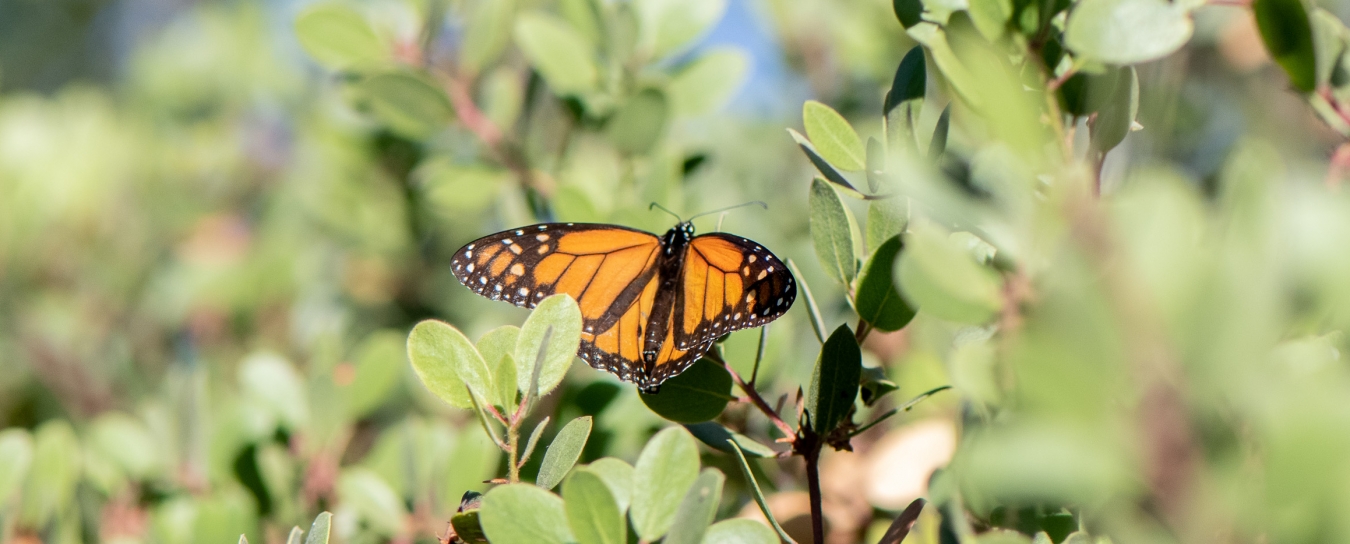
Invertebrates
See our handy guide to critters found in local homes and our Central Coast Butterfly FAQ. Browse the insects and other terrestrial arthropods we’ve identified. Check out local marine invertebrates, particularly bivalve mollusks and intertidal organisms.
- Anthropology
- Rocks & Fossils
- Invertebrates
- Vertebrates
- Botany
- Astronomy
- Fungi
- General
- Recently Asked
What kind of cicada is this?
Hello!
I found this cicada struggling in my pool. After I netted it I took a few photos while it was in torpor, and looked online for the species. I could not find a match to a black-eyed cicada except the Australian one: Psaltoda moerens.
Can you tell me what mine is?
Cheers!
Adam



Curator Response
Hi Adam,
This cicada appears to be a male of one of California's many species of the genus Okanagana, the most species-rich in the state with no fewer than 46 species. This is over half of the 82 total cicada species recorded in California. They're fast but clumsy fliers, so it's no surprise that it ended up in your pool!
Okanagana are tymbal-singing cicadas, and June and July tend to be the peak month for seeing or hearing (usually the latter!) the short-lived adult males. They spend their limited time using special paired organs on the front of the abdomen, called tymbals, to grind out long, buzzy mating songs in order to attract females. Different species produce distinctly different songs, and species are very difficult to differentiate in this genus without a specimen in hand, so it's impossible to say what the song of this individual would sound like. Mated females lay eggs in longitudinal slits they cut in stems of various plants. Once the eggs hatch, the tiny nymphs crawl underground where they often spend many years growing and developing, feeding on the xylem of roots. Some types of cicadas in eastern North America, the so-called periodical cicadas, take a full 13 or 17 years to develop, and populations in a given region all emerge at the same time! Okanagana have a more mundane life cycle, with broods that emerge every year even though each individual spends about 2-5 years underground as a nymph.
Stay curious,
Schlinger Chair and Curator of Entomology Matthew L. Gimmel, Ph.D.


